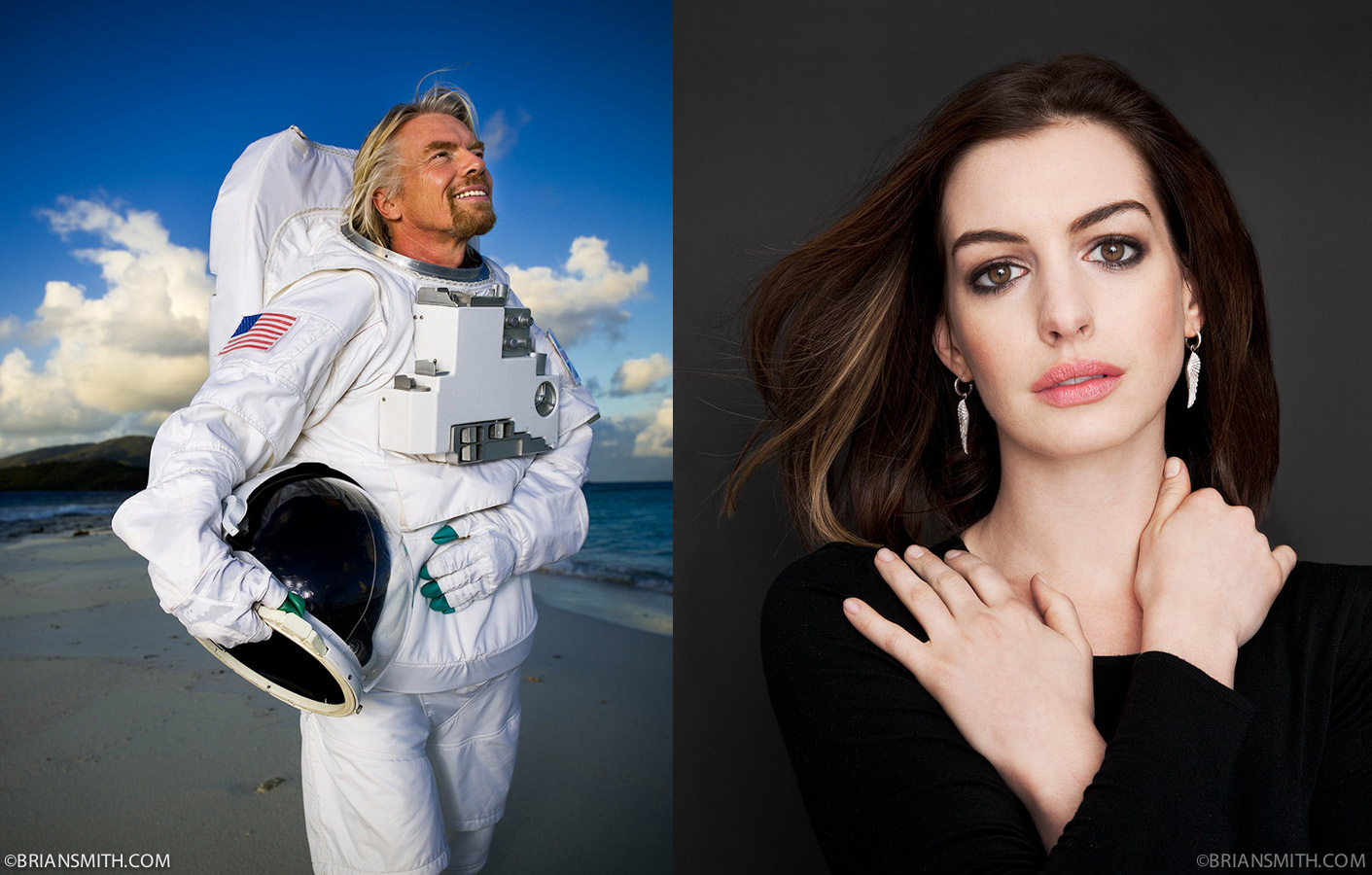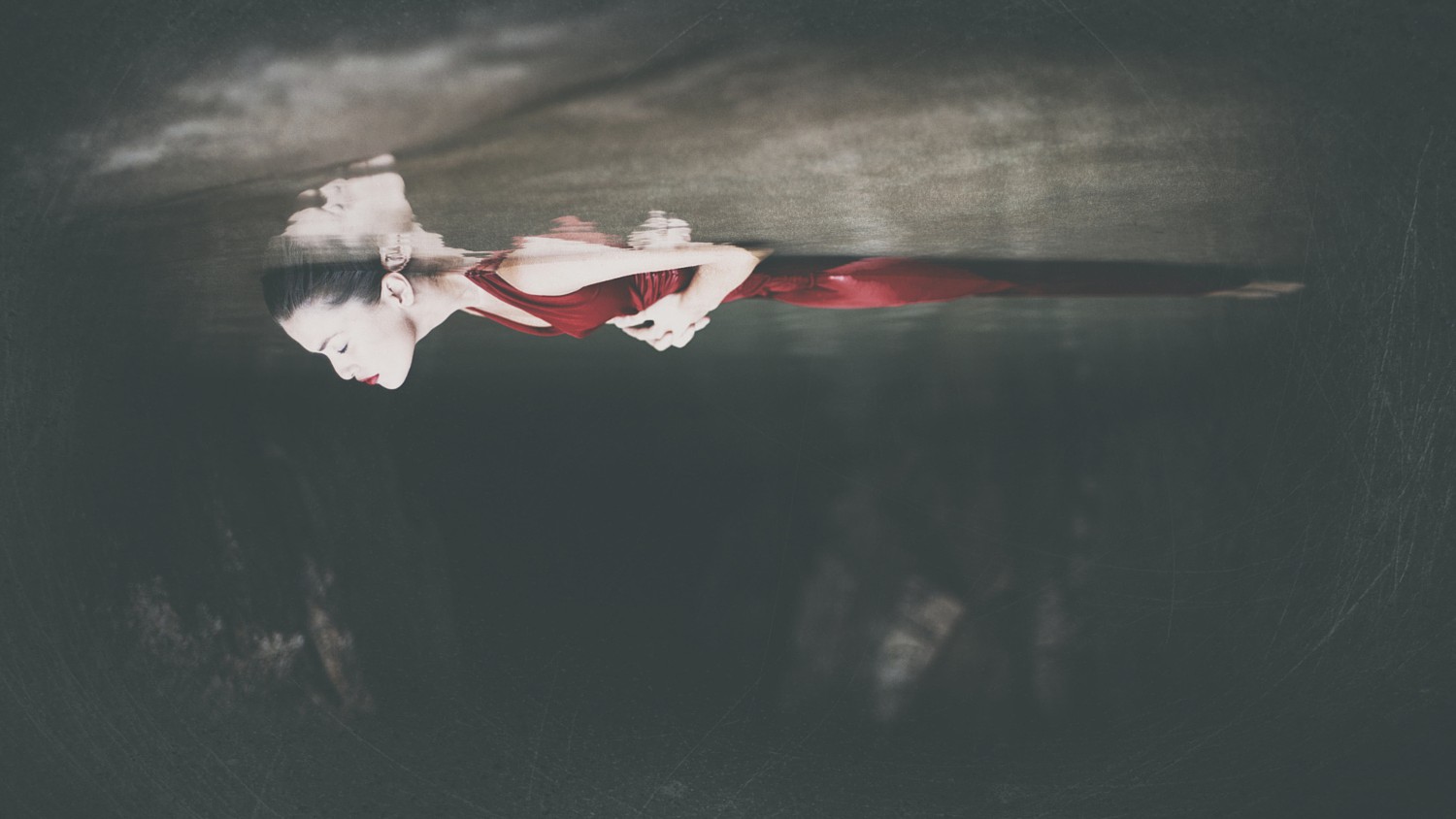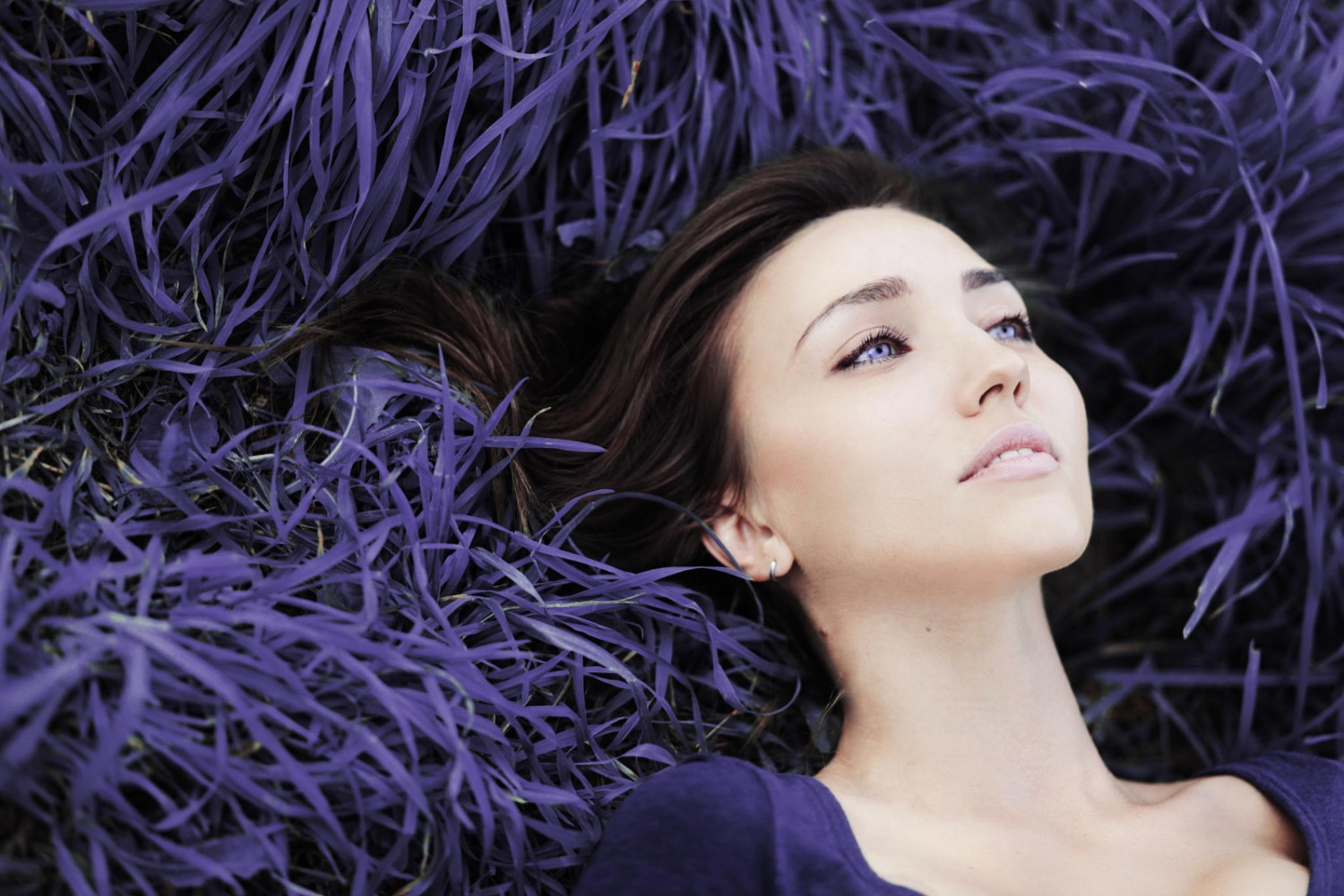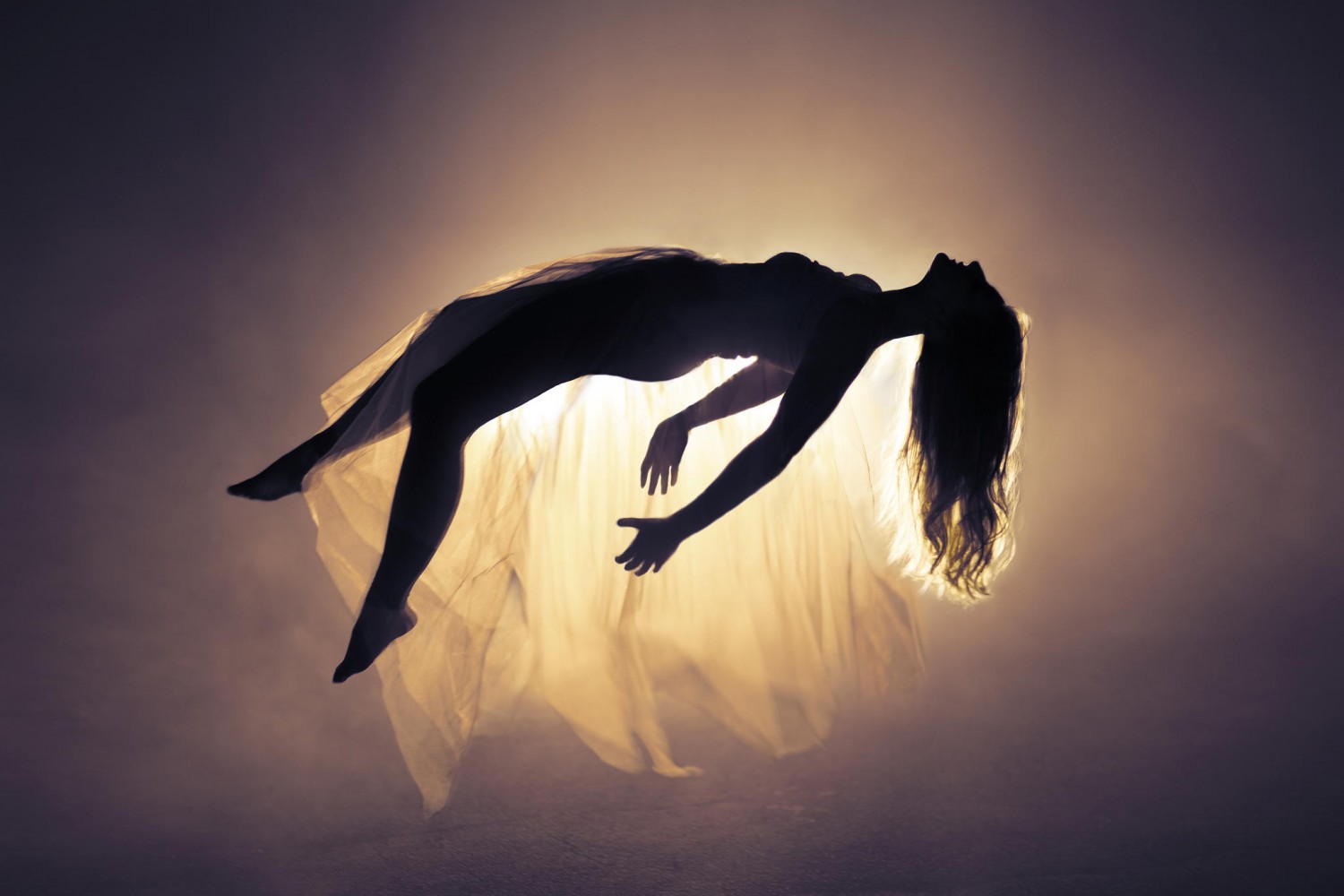In many ways, last Friday’s Live Q&A with Pulitzer Prize winner and Sony Artisan Brian Smith was the best one yet. While fewer people turned out to ask questions than the past few Q&As, the questions seemed to go deeper and the answers Brian answered had us both inspired and motivated.
As has become tradition, Brian picked his favorite and second favorite questions, we doled out some awesome prizes, and we’re recapping today by rounding up the best Questions and Answers from the Group chat.
We can’t say this enough, so we’re gonna try saying it just once: don’t skip this. Brian has photographed everyone from the President of the United States, to Samuel L. Jackson, to Anne Hathaway and many more… and he’s sharing some experience and wisdom with you below.
1st Prize Question
Sarah Park: Hey Brian! It’s beginning to hit me that all the tips and tricks in the world mean squat without the discipline and habits one must set out to perfect their craft. What habits have you formed that have either directly or indirectly helped you become a better photographer?
BRIAN: DING, DING, DING!!! Step up and claim the stuffed animal of your choice from the arcade. You hit the BULLSEYE. The best advice for success is quite simply “work harder”.
2nd Prize Question
Kristian Maglalang: Is there a person (or persons) whom you draw inspiration from (for your photography)? Or maybe a photographer you “follow” or get advice/help from, or a favorite photographer? (Kinda hard to word it as you are a known and respected professional photographer yourself, and I don’t know if it works differently for a person of your position/experience.)
BRIAN: My favorite photographer in the world is Elliott Erwitt. He’s not on Social Media but if you study his photographs they tell you everything you’d want to know if you just listen with your eyes…
Congrats to both our winners! Sarah walked away with a brand new Sony a6000 ILC and 16-50mm lens, while Kristian earned himself 6 free months of Awesome membership. The two above were Brian’s favorite questions… here are a few more we think you should most definitely write down somewhere.
Our Favorite Questions and Answers
dennyweinmann: If you had an assignment to photograph a person of nobility, an average joe and a less-fortunate person, all at the same time, what short of things would you tell them to get the best photos possible? I guess this is more of a specific question stemming from a more general question of how do you handle difficult situations, things that are at odds with each other, at a shoot?
BRIAN: Great question. I always treat stars like they are regular folks and regular folks like they are stars.
BlackLight: Hello, your portrait photographs do seem to have an awesome story behind them. How exactly you decide what story you want to convey from the portrait of a specific celebrity? I really like the portrait of Aaron Paul you processed. What’s the story behind that? Also, what has been the inspiration behind your portrait photography career?
BRIAN: When you shoot for magazines, the concept of a shoot often revolves around an actors latest film, a writers new book, or something to do with a CEOs business. Aaron Paul was shot for one of my favorite shoots was a project without a concept.
When I shot a lot of the stars for the book ‘Art & Soul’ to support arts education we had no agenda other than the importance of arts funding. When I told them they could do anything they wanted freaked some of them out. But improvising without preconceived concept can be a very good thing.
Albert Dros: I love a lot of photography styles: landscapes, cityscapes mainly but also completely other categories like street photography and even wedding. As a photographer, would you say it’s better to try and stick to the best style you’re good at or to try to be good at a lot of different styles? Or maybe it’s different for every person. I’m sure a lot of photographers are struggling with style in the beginning of their photographic journey. How did that go for you and how did you end up regarding style?
BRIAN: Shoot what you love to shoot. If you have many loves, better it be photographically…
Jeny Reyes: A good photographer can take a good photo even with a pinhole camera, I simply can’t, and wonder!… what is that, what make me see things different, What make see and tell a story instead of showing something random?
BRIAN: Less is often more. If you’re struggling with photography, pare down the gear. Go out for a week and shoot with a single camera and single focal length. If you only have zoom lenses—tape the zoom ring down so you’re shooting with one focal length. It’s amazing how much better you can “see” when your choices are taken away.
Matt Hills: When you won the Pulitzer—did it change you? In that did you look at your subjects differently, or perhaps changed your workflow attitude—or did you have to (or not need to) make a concerted effort to remain as you were and not let it affect your working style?
BRIAN: One of the judges, Rich Clarkson, called with congratulations after the announcement and gave me the the BEST advice I got that day. He said, “A Pulitzer won’t change your life, but it will put a comma after your name in your obituary.” Though I hope it’s a long time till I find out if the last part is right…
Bez Dan: You said in one of your interviews that someones photography improves the more thing he witnesses to and that you wouldn`t be able to become good portrait photographer without the experience of covering news and sport. Looking at your portrait work I see hard work and good preparation for the person you are about to photograph. Would you be so kind do describe the process of informing yourself about the particular person and the way you filter most important personality related information. I suppose they are most relevant for the whole set up and site selection as like the portrait of Richard Branson shows.
BRIAN: I try not to over-research before the shoot. I just want to learn something that surprises me and take it from there.
Wiry Dawg: If you had one chance to do anything you chose with a camera and you knew you couldn’t fail, what would it be?
BRIAN: Take a picture of the man who cured cancer.
Rebecca S: What do you think make your portrait photographs stand out? When you look at other photographers that are good but not quite there yet by your opinion, what’s normally lacking?
I’m asking because I love your photos and some portrait photographers, but I can’t pinpoint what it is that makes a photograph stand out. A lot of people can make their subjects sharp, act natural and with perfect lighting, but most of them are not compelling. I know the correct answer is probably “it depends”, but have you noticed some common recurring ingredients that take good photos to the next level?
BRIAN: Try to shoot with your heart not your brain.
James Wilson: Do you have a photo (or circumstances surrounding one) that changed your view of the world forever?
BRIAN: Covering Haiti beginning with the fall of the Duvalier government teaches you how extremely lucky we are. Whenever I think I’m having a crappy day, I remember that…
Axel Leidecker: What is your favored lens?
BRIAN: If I had to shoot with just one lens it would be a 24-70. Sony makes a killer sharp 24-70/2.8 A-mount lens and I hope they’ll make a 2.8 E-mount one day soon because that focal range is perfect for 95% of what I shoot from 24mm for a portrait with lots of environment around the subject to 70mm for an intimate tight portrait like the shot of Anne Hathaway.
You’re a bit closer to your subject when shooting a portrait with a 70mm than an 85mm but when shooting Anne, I call that a WIN-WIN!
Doug Miller: Who was your major influence at the start of your photography career? Teacher, friend, established photographer, family member etc…? Thanks for your inspiration!
BRIAN: When I was just starting out I applied for an internship at the biggest newspaper in my home state. The chief photographer flipped through all my sports photos and said, forget all this stuff. If you want to be a good photographer go out and shoot 50 strangers in a way that shows “who they are” not just how they look. Best. Advice. Ever
Michael Walker: I really would like to know, if and when you had what you felt was your lucky break… what started all of this fame?
BRIAN: I don’t think there is such a thing. Success comes gradually through a series of small breaks that can lead you to the next small break and onto the next…
rn2614: My wife and I are wedding photographers and we know that what we do matters, as expressed by our clients, but I feel like we are stuck taking the photos that people want so that we can continue to get paid. My question is 2 part: did you start your career with “assignments”? And if so, how did you get from chasing assignments to forging new grounds with your passions?
BRIAN: You’ll never get hired to shoot images people don’t know you can take. SHOW THE WORK YOU WANT TO GET HIRED FOR!
Eugene Sidorov: Have you ever seen any award-winning photos which you personally find outraging?
BRIAN: Sometimes that’s the point of a great photograph. A good photograph should make you feel something. Outrage is sometimes exactly what you should feel.
I think of my friends’ Pulitzer-prize winning photographs like Nick Ut’s of a naked 9-year-old Vietnamese girl running toward the camera from after a napalm attack or Eddie Adams photograph of a Vietcong execution by Saigon Police that captured the bullet in flight. Outrageous photographs that helped bring an end to an outrageous war.
Roberto Campos: How much of a portrait is in reality a reflection of the subject’s true personality and how much is it the vision you want to transmit of him/her with your photograph, with the chosen frame? When shooting someone famous we already have preconceptions of people and I maybe photographs we may prefer are the ones we think we want to see, expressions we expect. How do you deal with choosing and how do you make your subjects comfortable? Do you set them up to transmit a specific emotion or do you take a more candid approach?
BRIAN: A picture reflects what it reflects. Sometimes that’s the truth. Sometimes it’s artifice and lies. Some of my favorite shots are ones that cut through all the artifice and show how that subject actually felt in the moment they were in front of my lens.
I try to nudge someone in the right direction but be smart enough not to get in their way if they want to take the shoot in a better direction.
Anatoly Khalizev: I wish to start photograph people. Can you give some advice to me?
BRIAN: START! JUST DO IT! Stop waiting around for the right subject or right situation. Find someone and photograph their portrait. TODAY!
Justin Harrison: What is your post process and how important is getting it right in camera vs. what can be fixed in Lightroom/Photoshop?
BRIAN: Use each tool to the best of it’s capabilities. If you can do something better in Photoshop do it in post. Just don’t use those tools to fix your lazy mistakes you should have gotten “right” in camera.
Huba Rostonics: How much processing is ok for you? Does the end justify the means?
BRIAN: Retouching should stop at the point the subject appears they have just had a three week spa visit…
A huge thank you goes out to Brian for taking the time out of his incredibly busy schedule to sit down and answer some questions for the 500px community. And, of course, to Sony as well for helping us to snag Brian for this Q&A and donating an a6000 for the giveaway.
To see more of the Pulitzer Prize-winner’s portraiture, follow him on 500px, visit his website, say hi on Twitter, and check out his blog. And if you want to dive into the details behind Brian’s favorite Sony cameras and lenses, check out the Sony Alpha website by clicking here.


















Leave a reply